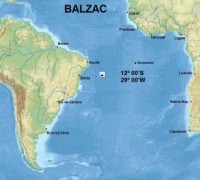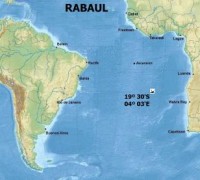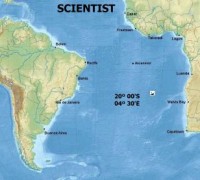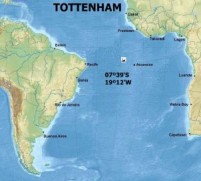RAIDER ATLANTIS * 7 SHIPS SUNK - UNDER TEN FLAGS SCHIFF 10
1)RAIDER ATLANTIS SCHIFF16
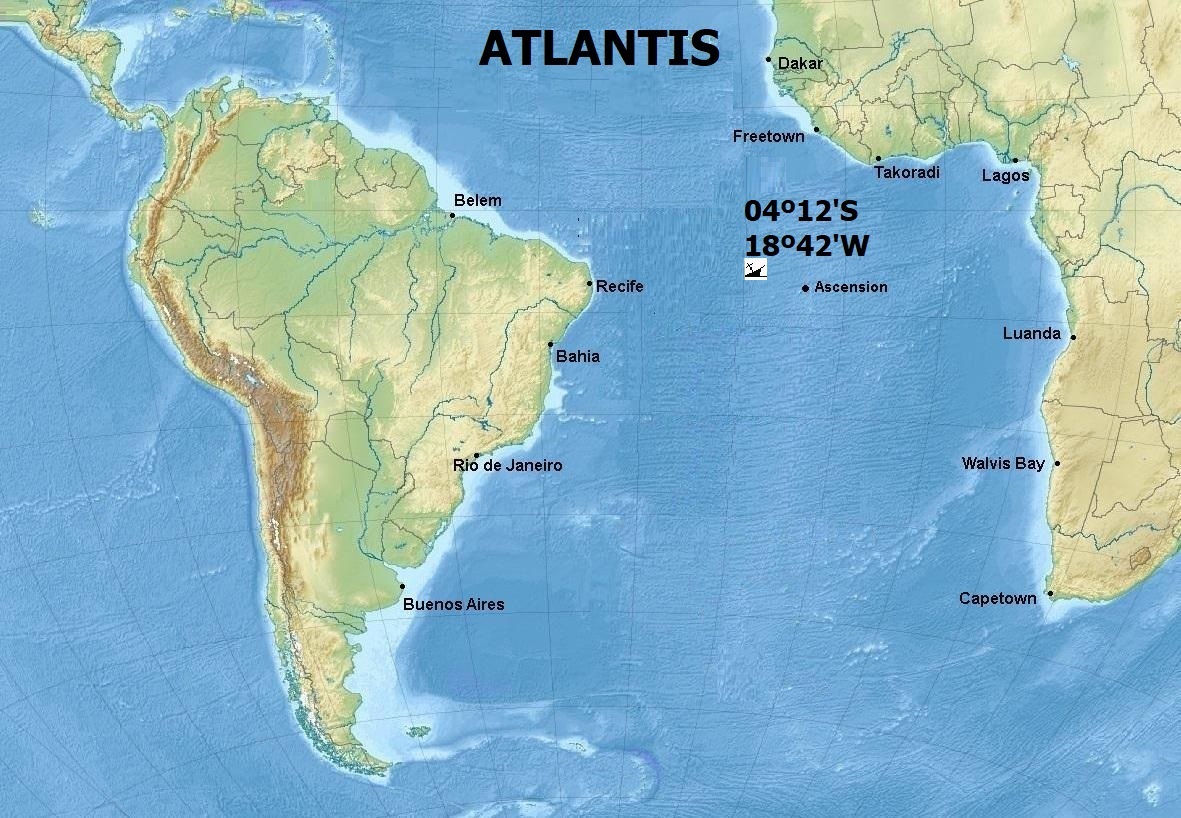
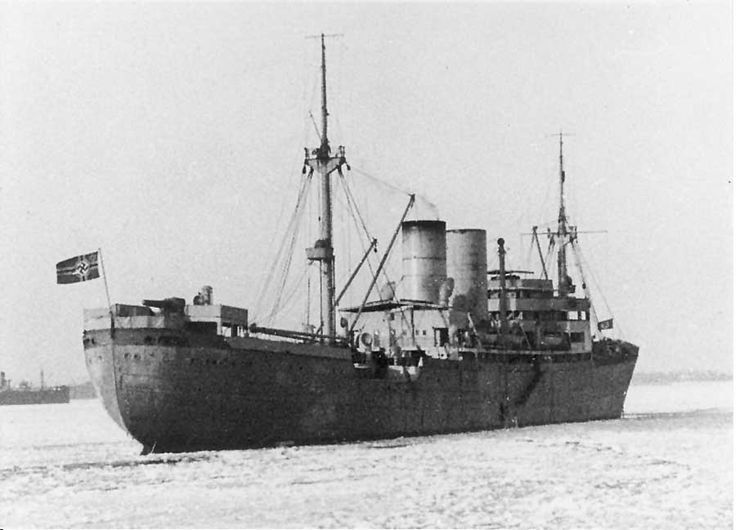
Photo.https://i.pinimg.com/originals/c7/43/a8/c743a8be9794a9047fea804e72e31b45.jpg
Built as Goldenfels 1938. Named Atlantis
Tonnage: 7,862 grt 17,300 long tons
Range: 60,000 miles 110,000 km
Complement: 315
Airplanes: 2 Heinkel HE 114-B
Sunk with scuttling charges on 23/11/41 to avoid capture by British cruiser HMS DEVONSHIRE on position 04º 12'S’ 18º 42’W
7 Dead
308 Survivors rescued by U- 126
The German auxiliary cruiser Atlantis (HSK 2), known to the Kriegsmarine as Schiff 16 and to the Royal Navy as Raider-C, was a converted German Hilfskreuzer (auxiliary cruiser), or merchant or commerce raider of the Kriegsmarine, which, in World War II, travelled more than 161,000 km (100,000 mi) in 602 days, and sank or captured 22 ships with a combined tonnage of 144,384. Atlantis was commanded by Kapitän zur See Bernhard Rogge, who received the Oak Leaves to the Knight's Cross of the Iron Cross. She was sunk on 22 November 1941 by the British cruiser HMS Devonshire.
Commerce raiders do not seek to engage warships, but rather attack enemy merchant shipping; the measures of success are tonnage destroyed (or captured) and time spent at large. Atlantis was second only to Pinguin in tonnage destroyed, and had the longest raiding career of any German commerce raider in either world war. She captured highly secret documents from SS Automedon. A version of the story of Atlantis is told in the film Under Ten Flags with Van Heflin appearing as Captain Rogge.
Early history
Built by Bremer Vulkan in 1937, she began her career as the cargo ship Goldenfels, owned and operated by DDG Hansa, Bremen. Goldenfels was powered by two Six-cylinder Single Cycle Double Action diesel engines, built by Bremer Vulkan. She was allocated the Code Letters DOTP. In late 1939 she was requisitioned by the Kriegsmarine and converted into a warship by DeSchiMAG, Bremen. In November 1939, she was commissioned as the commerce raider Atlantis
Design
Atlantis was 155 m (509 ft) long and displaced 17,600 t (17,300 long tons). She had a single funnel amidships. She had a crew of 349 (21 officers and 328 enlisted sailors) and a Scottish terrier, Ferry, as mascot. The cruiser carried a dummy funnel and variable-height masts, and was well supplied with paint, canvas, and materials for further altering her appearance, including costumes for the crew and flags. Atlantis was capable of being modified to twenty-six different silhouettes.
Weapons and aircraft
The ship was equipped with six 150 mm (5.9 in) guns, one 75 mm (3.0 in) gun on the bow, two twin-37 mm anti-aircraft guns and four 20 mm automatic cannons; all of these were hidden, mostly behind pivotable false deck or side structures. A phony crane and deckhouse on the aft section hid two of the 150 mm (5.9 in) guns; the other four guns were concealed via flaps in the side that were raised when action was imminent. Atlantis also had four waterline torpedo tubes, and a 92-mine compartment. This gave her the fire power, and more importantly the fire control, of a light cruiser. The ship also carried two Heinkel He-114C seaplanes in one of its holds, one of these was fully assembled and the other one was packed away in crates. The Heinkel was later replaced at sea with the smaller and faster Arado Ar 196.
Engines
Atlantis had two 6-cylinder diesel engines, which powered a single propeller. Top speed was 17.5 knots (32.4 km/h; 20.1 mph) and a range of 60,000 miles (97,000 km) at 10 knots (19 km/h; 12 mph). Diesel engines allowed her to drift when convenient to conserve fuel, and unlike steam machinery, instantly restart her powerplant.
After the Bismarck was sunk, Rogge began to fear the Royal Navy. As a result, he disobeyed orders to remain in the Atlantic, and returned to the Pacific, but not before sinking the British ships, Rabaul, Trafalgar, Tottenham, and Balzac. On September 10, east of New Zealand, "Raider C" captured the Norwegian motor ship Silvaplana.
Atlantis then patrolled the South Pacific, initially in French Polynesia between the Tubuai Islands and Tuamotu Archipelago. Without the knowledge of French authorities, the Germans landed on Vanavana Island and traded with the inhabitants. They then hunted Allied shipping in the area between Pitcairn and Henderson Islands, with a landing being made on the latter, uninhabited island. The seaplane from Atlantis made several fruitless reconnaissance flights. On 19 October, Atlantis headed back to the Atlantic, and rounded Cape Horn ten days later.
U-68, U-126, A NIGHTMARE, AND HMS DEVONSHIRE
On October 18, Rogge was ordered to rendezvous with the submarine U-68, 800 km south of St. Helena and refuel her, then he was to refuel U-126 at a location north of Ascension Island. They met with U-68 on November 13. On November 22, Atlantis rendezvoused with U-126 and Kapitänleutnant Ernst Bauer came aboard to take a bath. It was around this time that Kapitänleutnant Ulrich Mohr, Rogge's adjutant, awoke from a nightmare about a three-funneled British cruiser.
At 0816, the foremast lookout shouted "Feindlicher Kreuzer in Sicht!" ("Enemy cruiser in sight!"). This was the British County class heavy cruiser HMS Devonshire. The "Counties" were distinctive of their three funnels.
SUNK AND SUNK AGAIN
U-126 dived, leaving her captain behind. From 14 to 15 km away, outside the range of Atlantis's 150 mm guns, Devonshire opened fire. There is dispute as to whether Rogge ordered his ship to move at full speed and emit smoke, or ordered it to stop. It is believed that they were, at this time, posing as the Greek ship Polyphemus and had begun to transmit the British code RRR, not realizing that recent Allied orders had changed this procedure, and the RRR signal should now be sent as RRRR.
After 20-30 seconds, 8-in (200 mm) shells began to arrive at their target. The first salvo missed, but the second and third salvos slammed into the ship. Seven sailors were killed as the crew abandoned ship, Rogge was the last off. Ammunition Devonshire left the area and the German submarine resurfaced and picked up 300 Germans and a wounded American prisoner, whom it began carrying or towing to Brazil (1500 km west). Two days later the refueling ship Python arrived and took on the sailors.
On December 1, while refueling two submarines, the third of the British cruisers seeking the raiders, HMS Dorsetshire, appeared. The U-boats dived immediately. The crew of the Python scuttled her so the Dorsetshire departed and it was left to the U-boats to recover the crew. Eventually, by means of various German and Italian submarines Rogge's crew was brought back to Germany.
https://en.wikipedia.org/wiki/German_auxiliary_cruiser_Atlantis
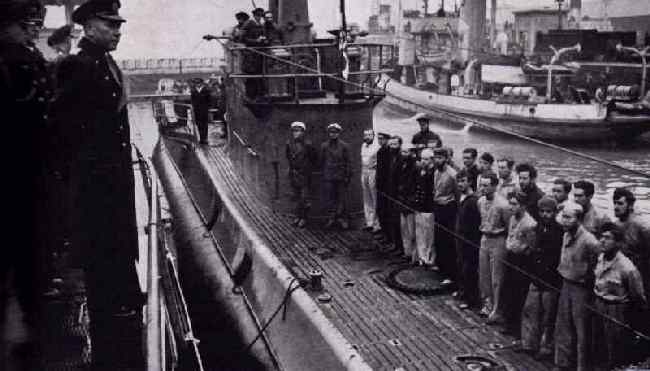
Survivors from raider Atlantis seen when landed in a French based after being rescued by Italian submarine Luigi Torelli. Photo. www.ahoy.tk-jk.net
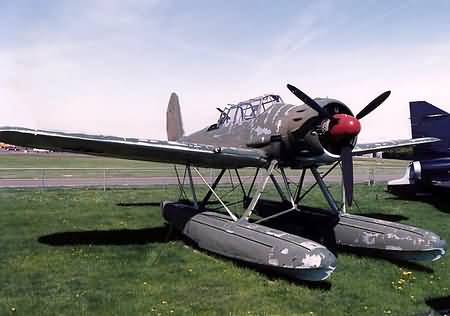
Arado 196. One of the 2 scout planes used by Cap Rogge to survey the vast expanses in search for allied merchants. Picture by Wikipedia
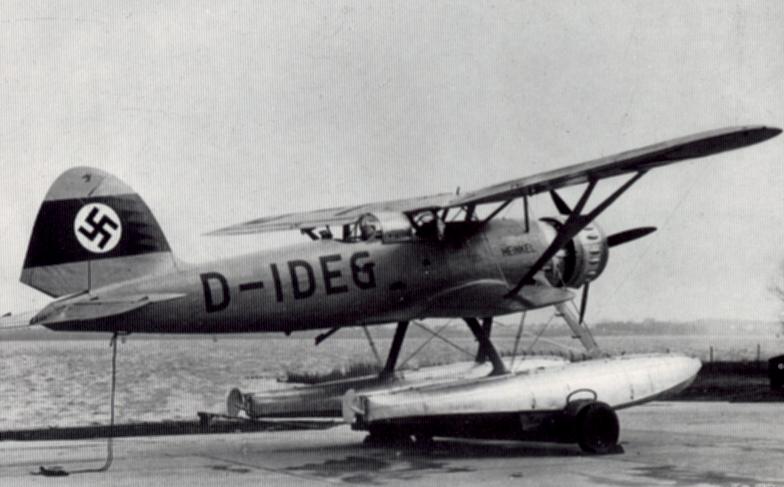
Heinkel 114. Later replaced by most versatile Arado . Picture by Wikipedia
During her stay in the south Atlantic Raider Atlantis sunk 6 ships with a total tonnage of 49,000 DWT
.jpg)
 BALZAC
BALZAC
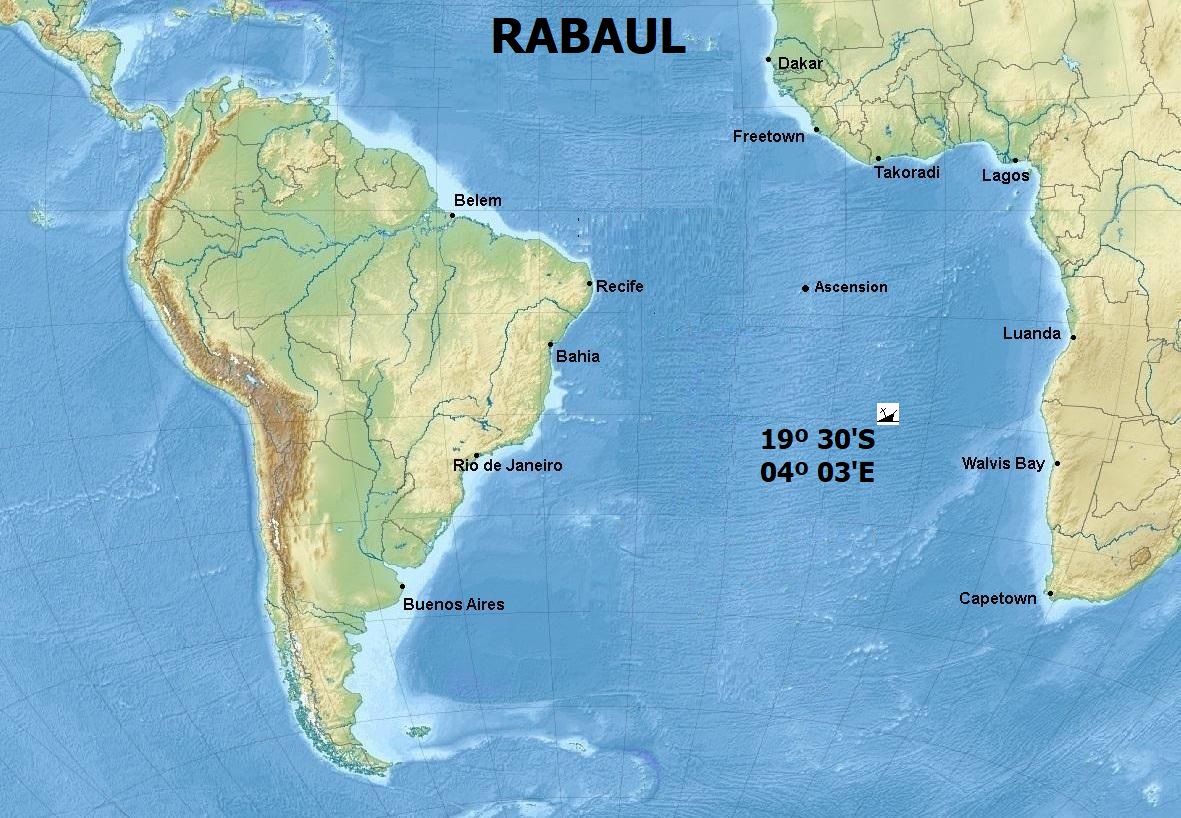
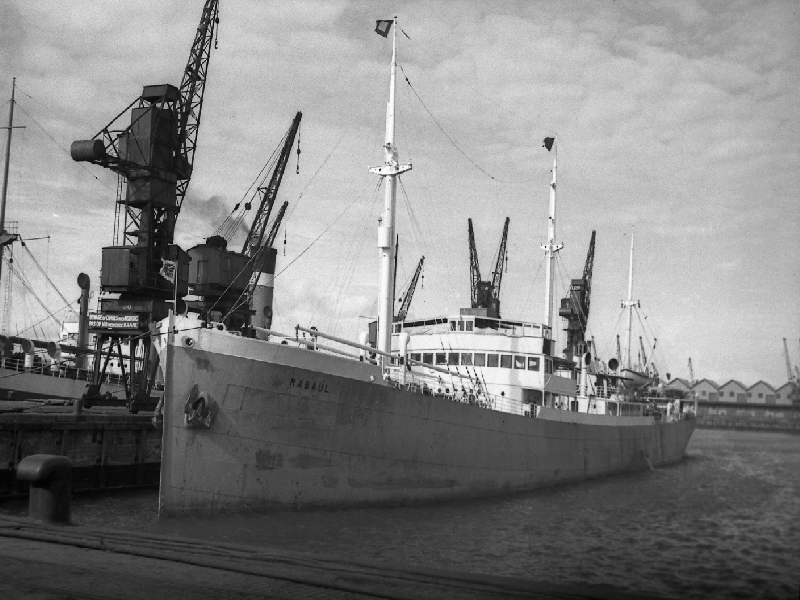
 RABAUL
RABAUL
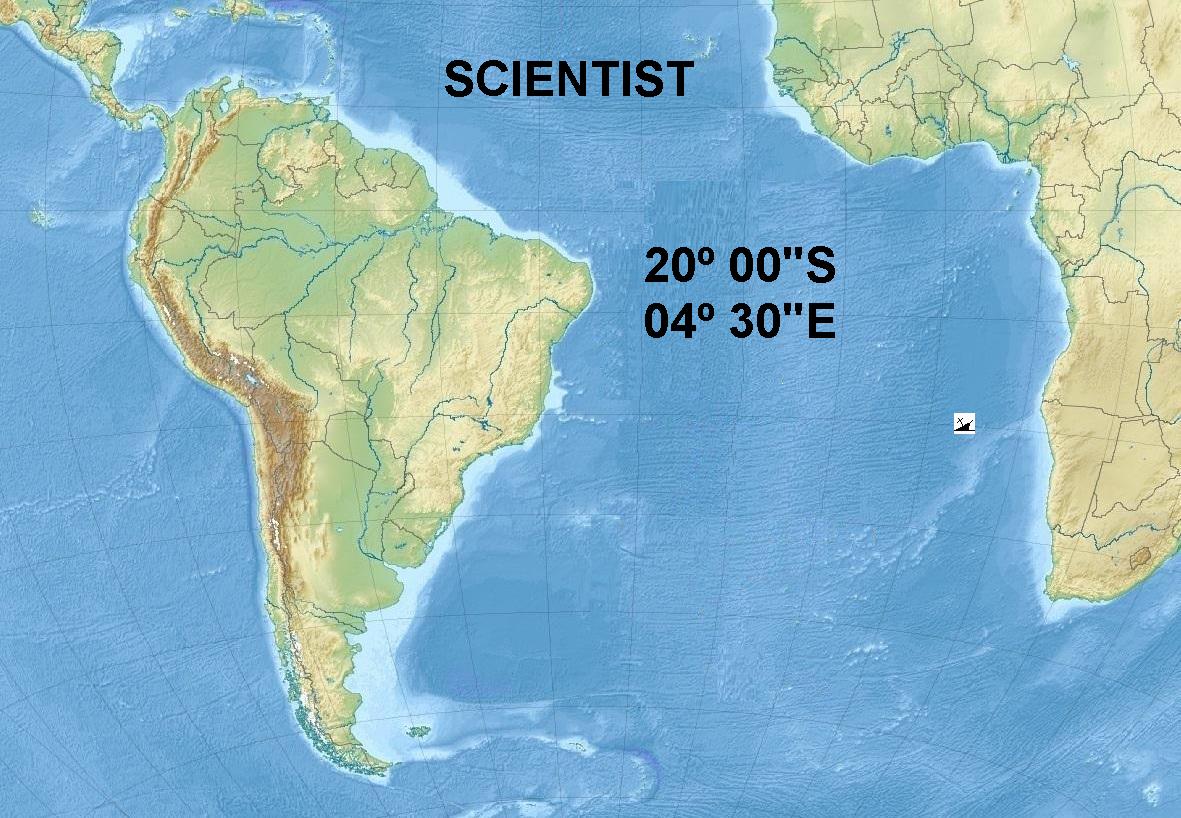
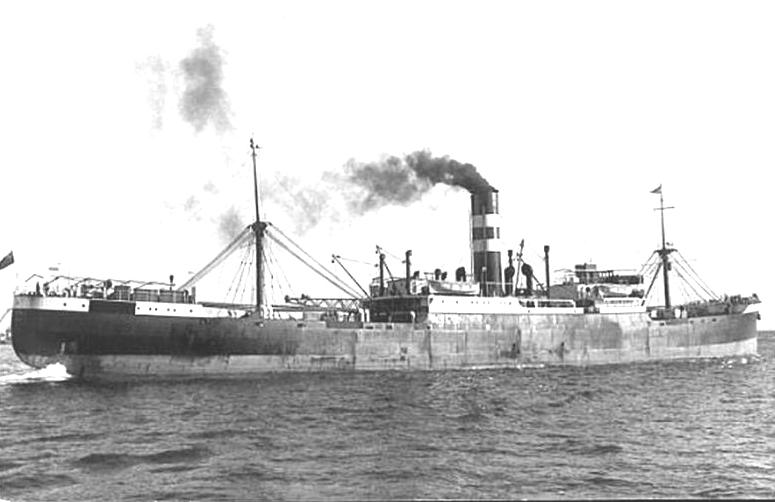
 SCIENTIST
SCIENTIST
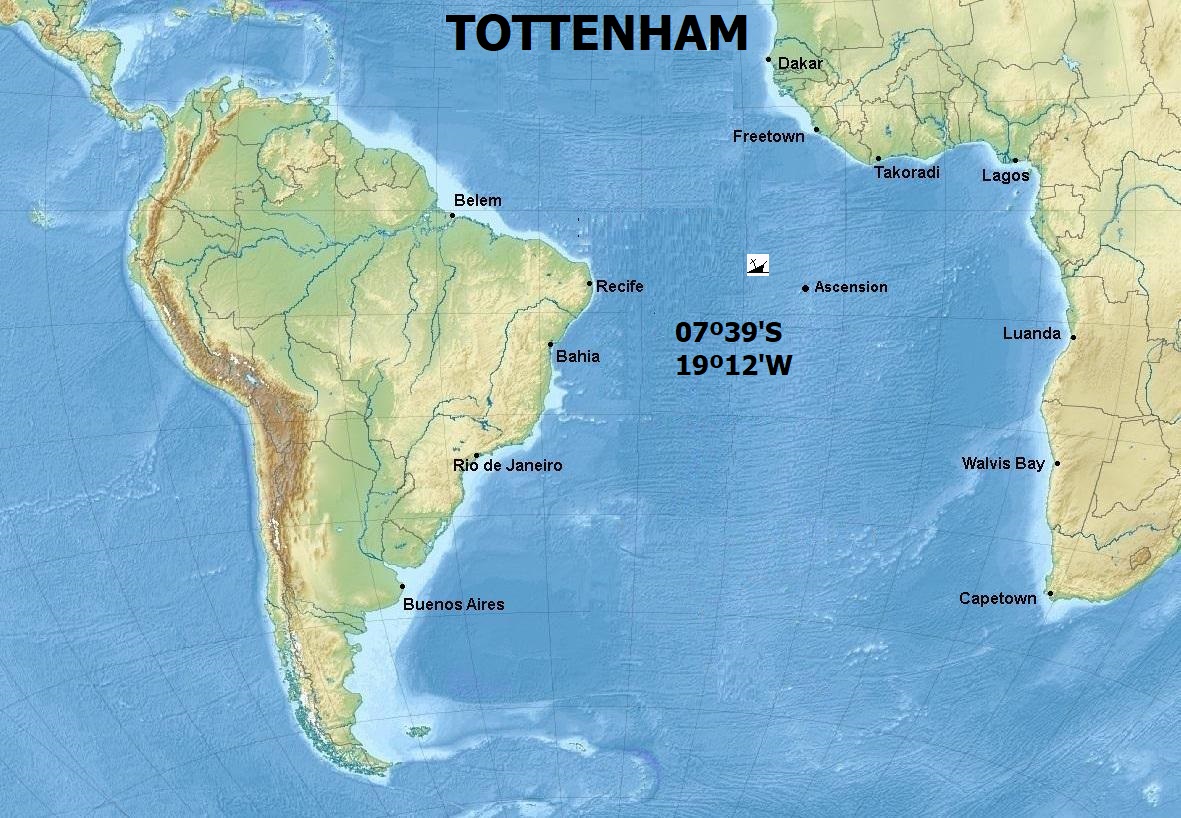
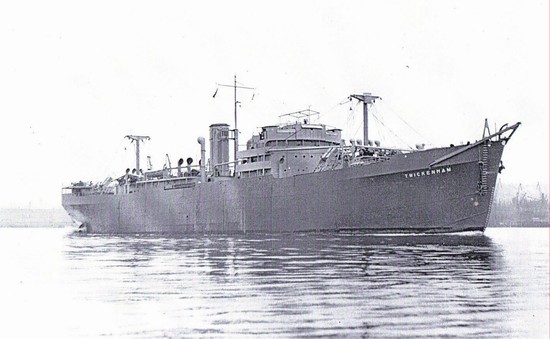
 TOTTENHAM (Sister ship Twickenham)
TOTTENHAM (Sister ship Twickenham)
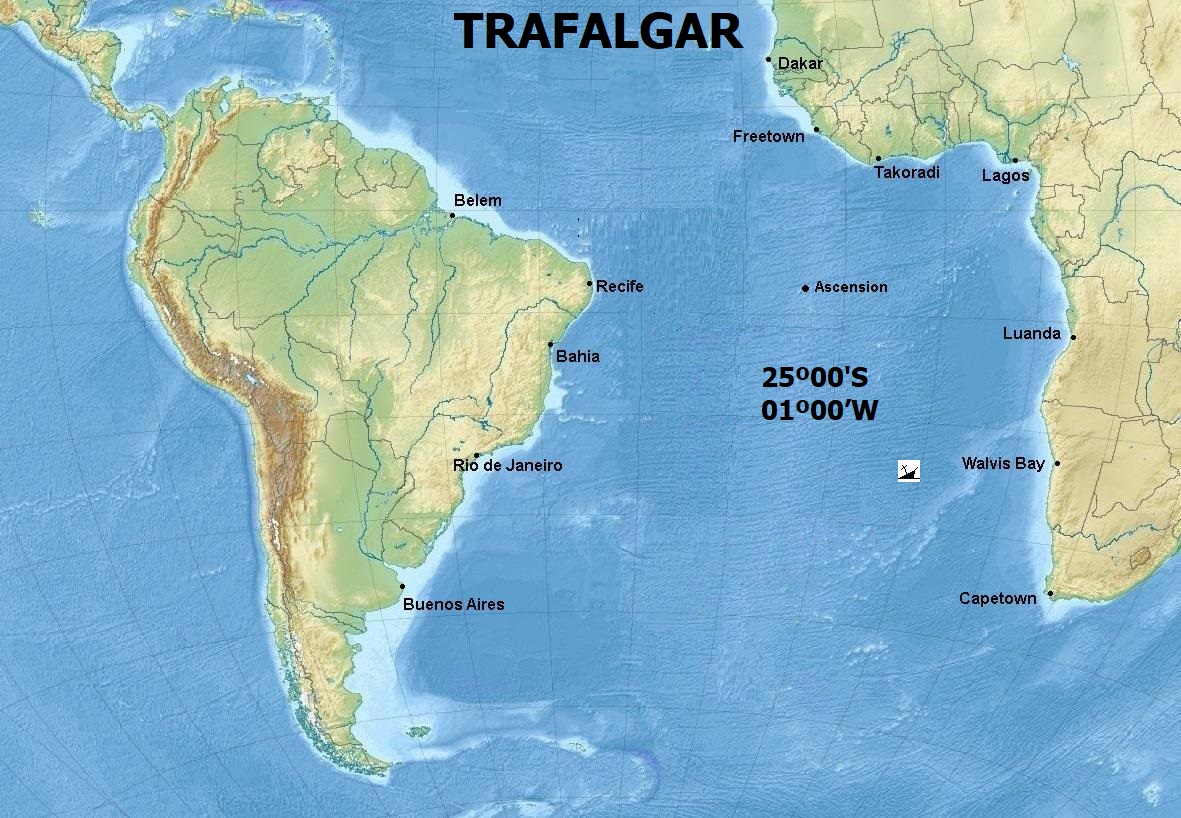
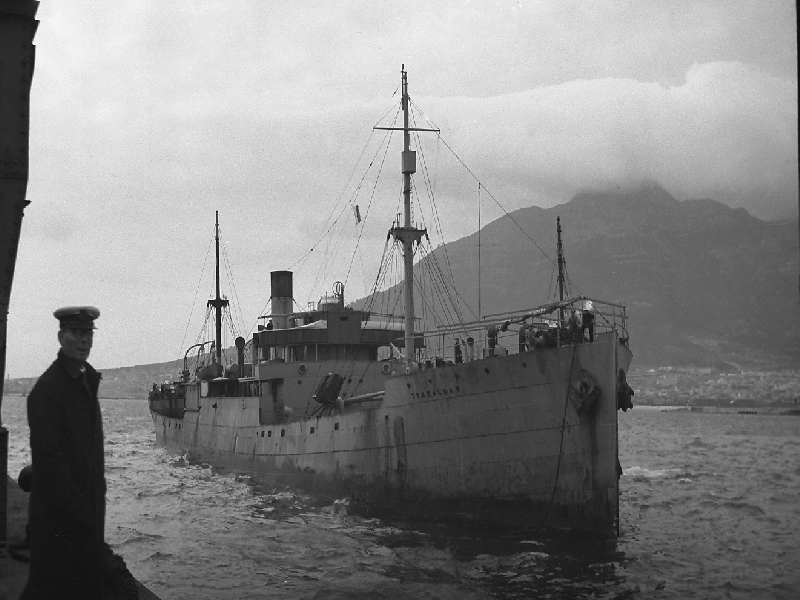
 TRAFALGAR
TRAFALGAR
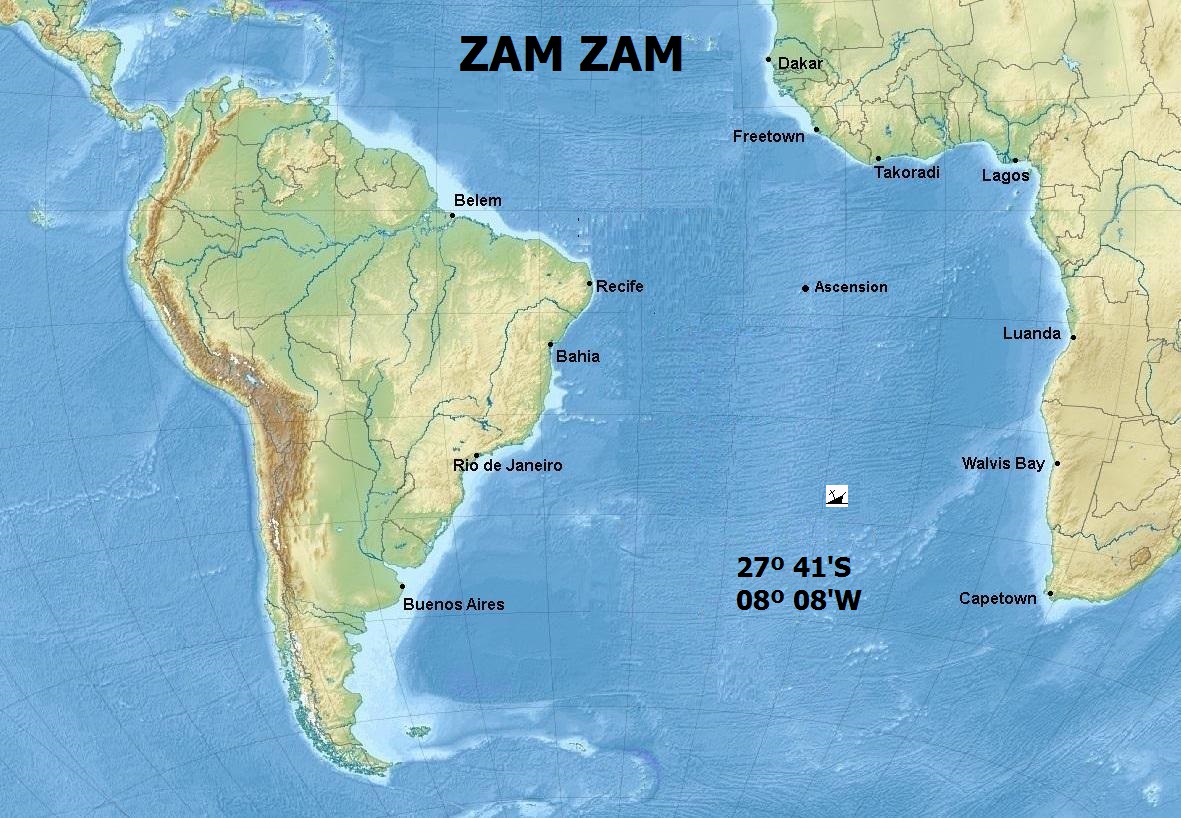
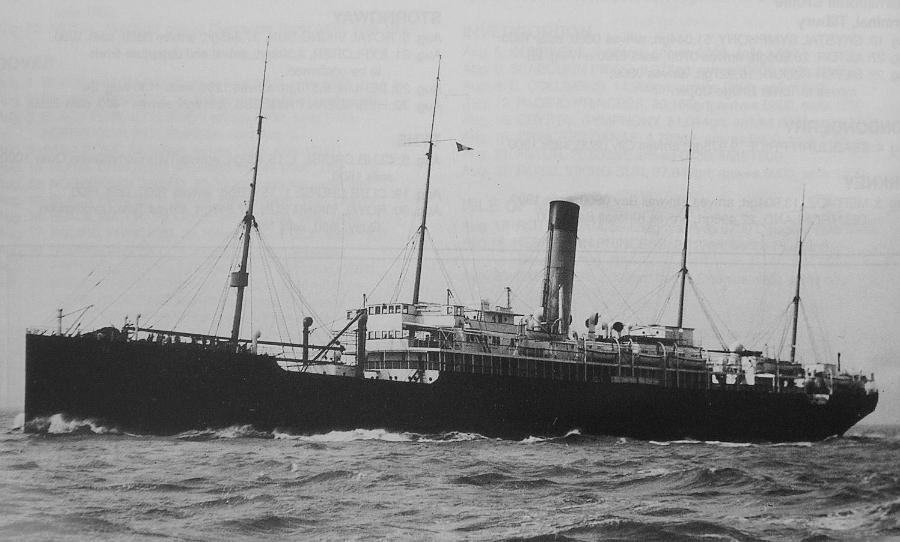
 ZAM ZAM
ZAM ZAM

